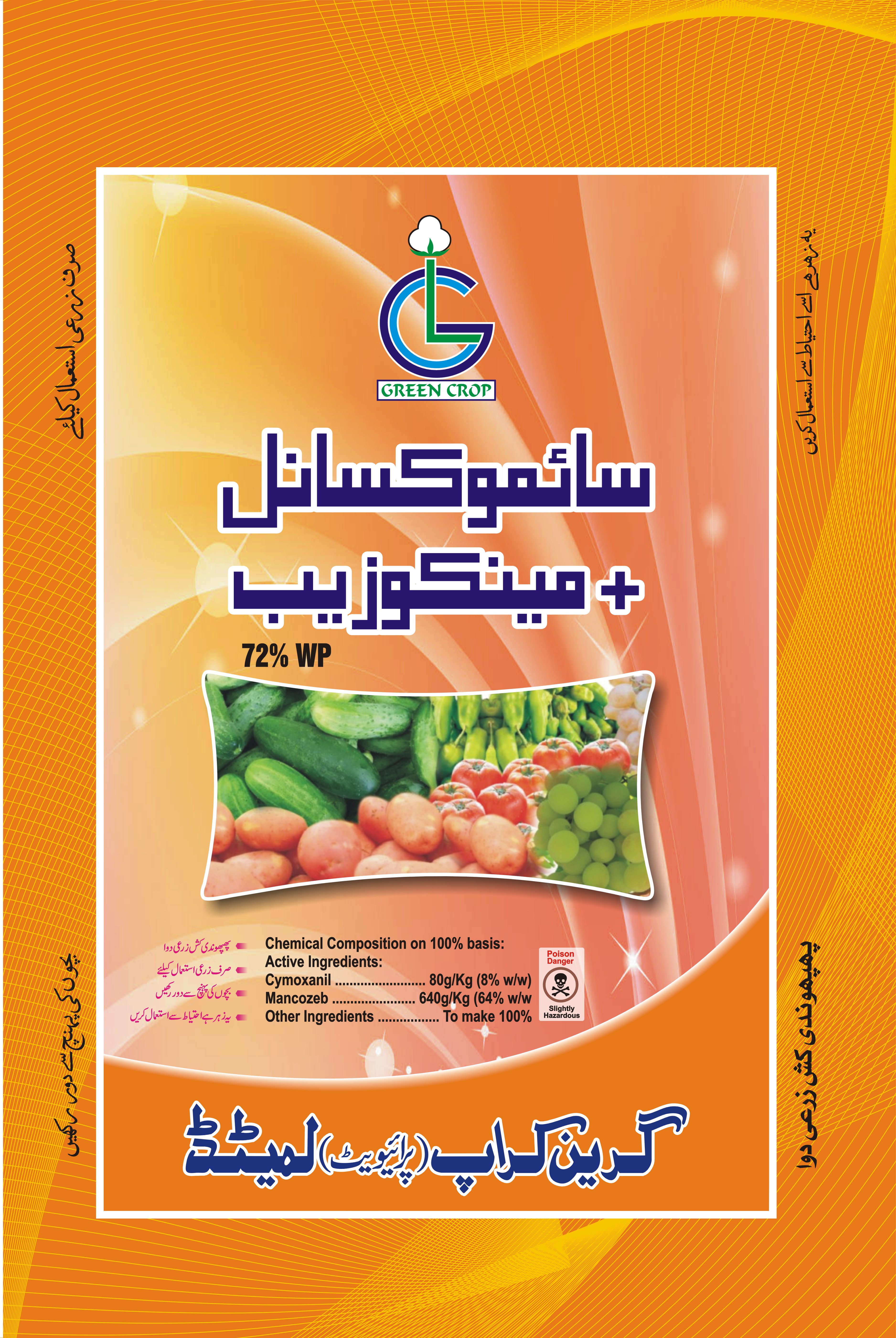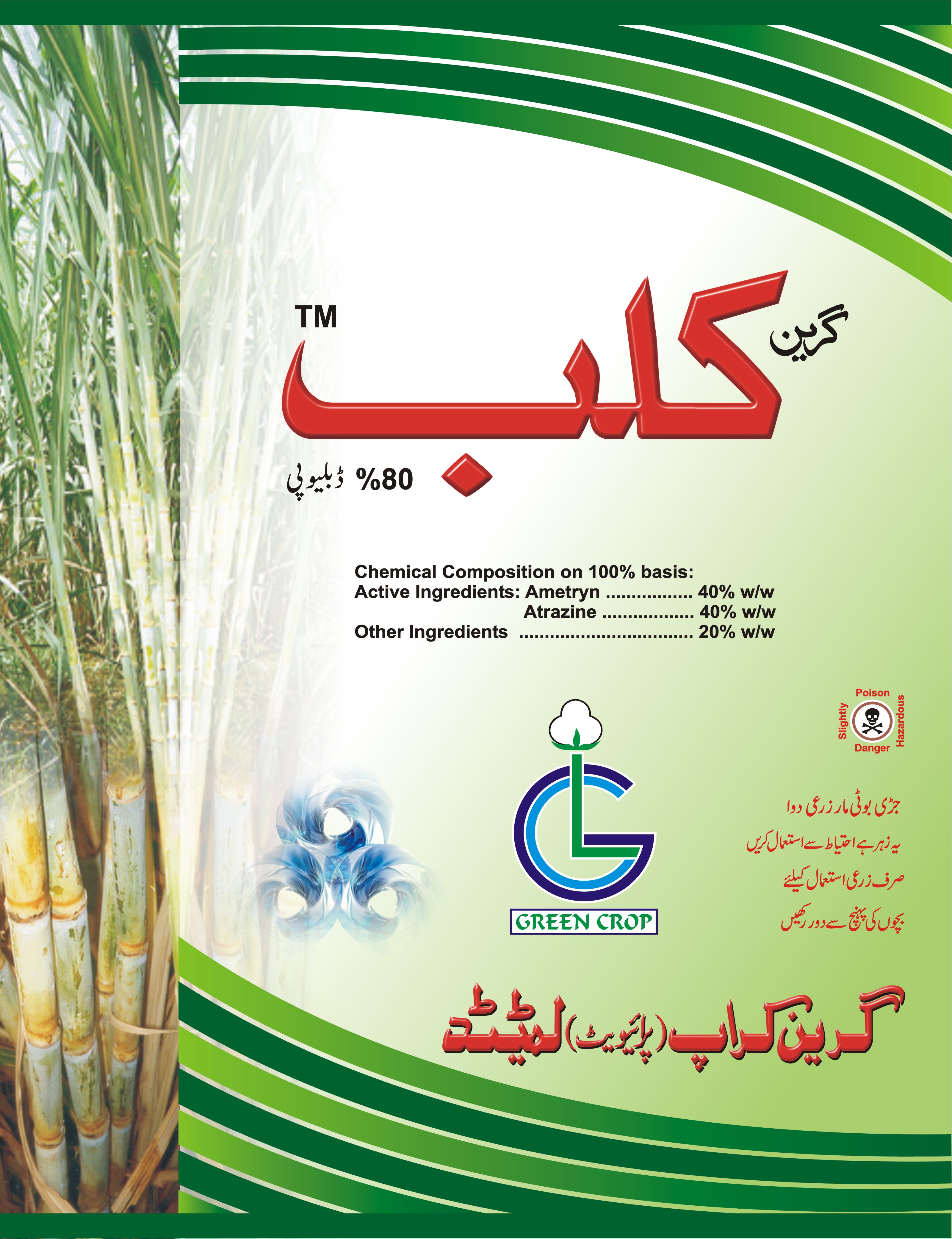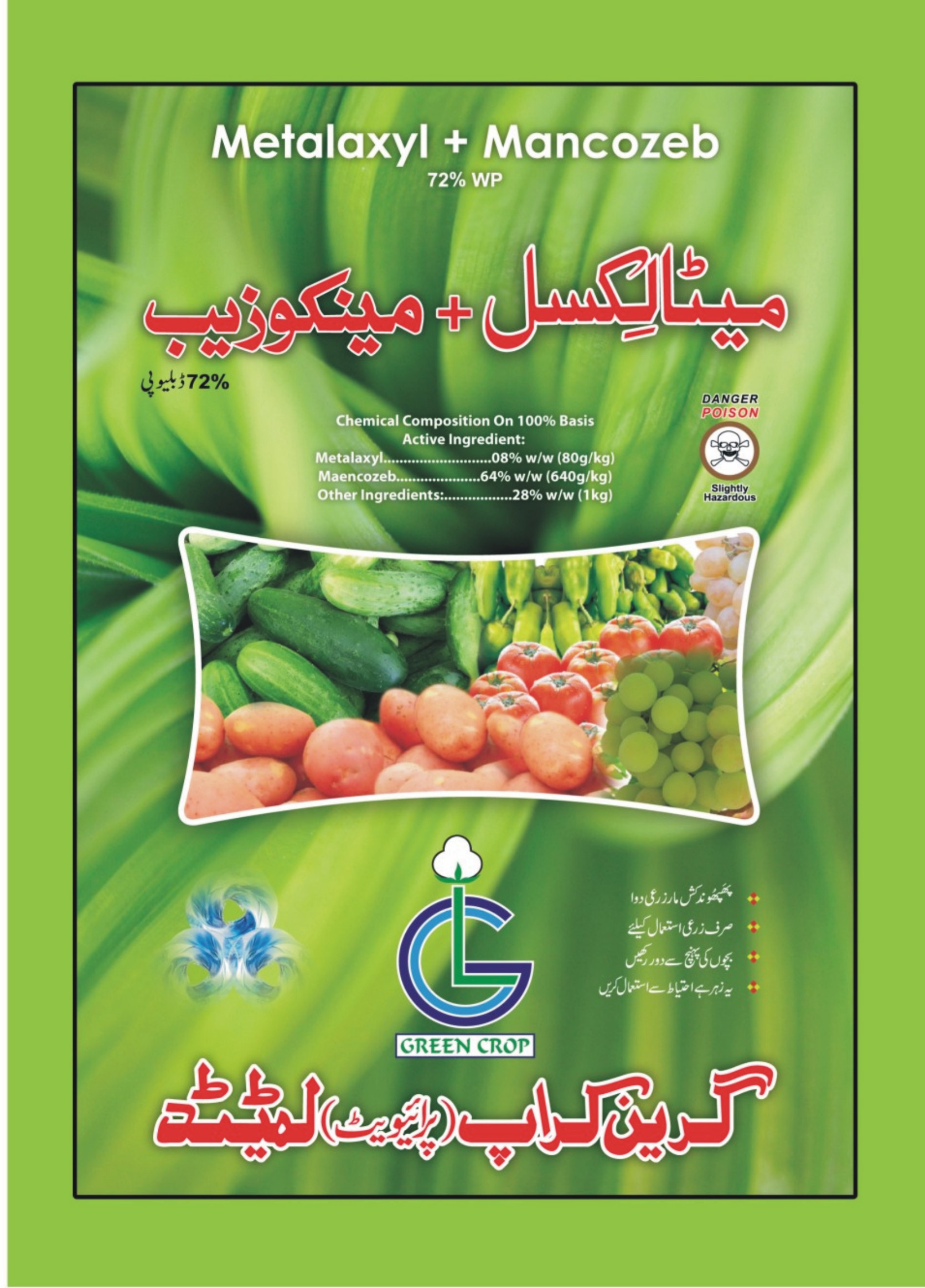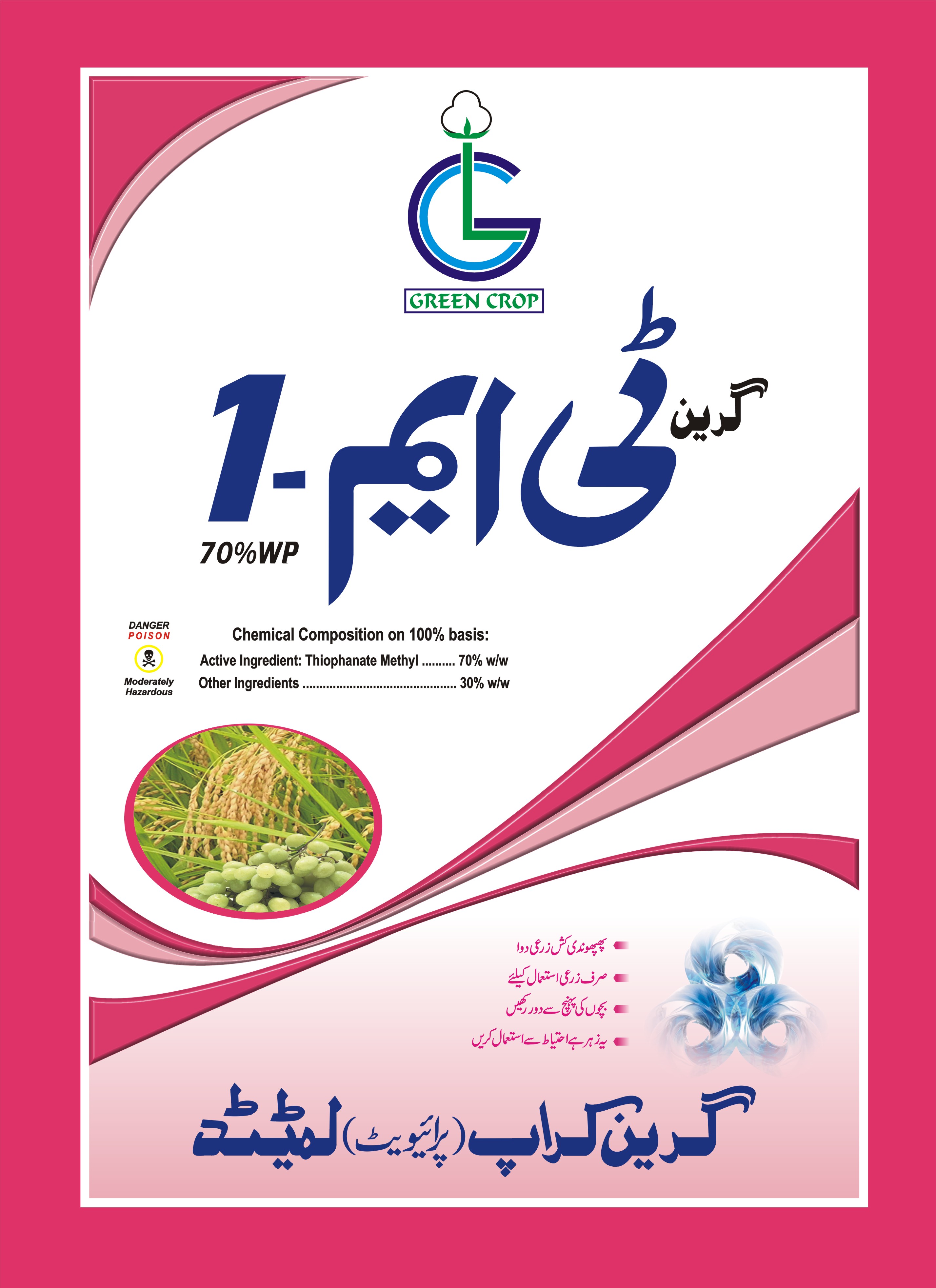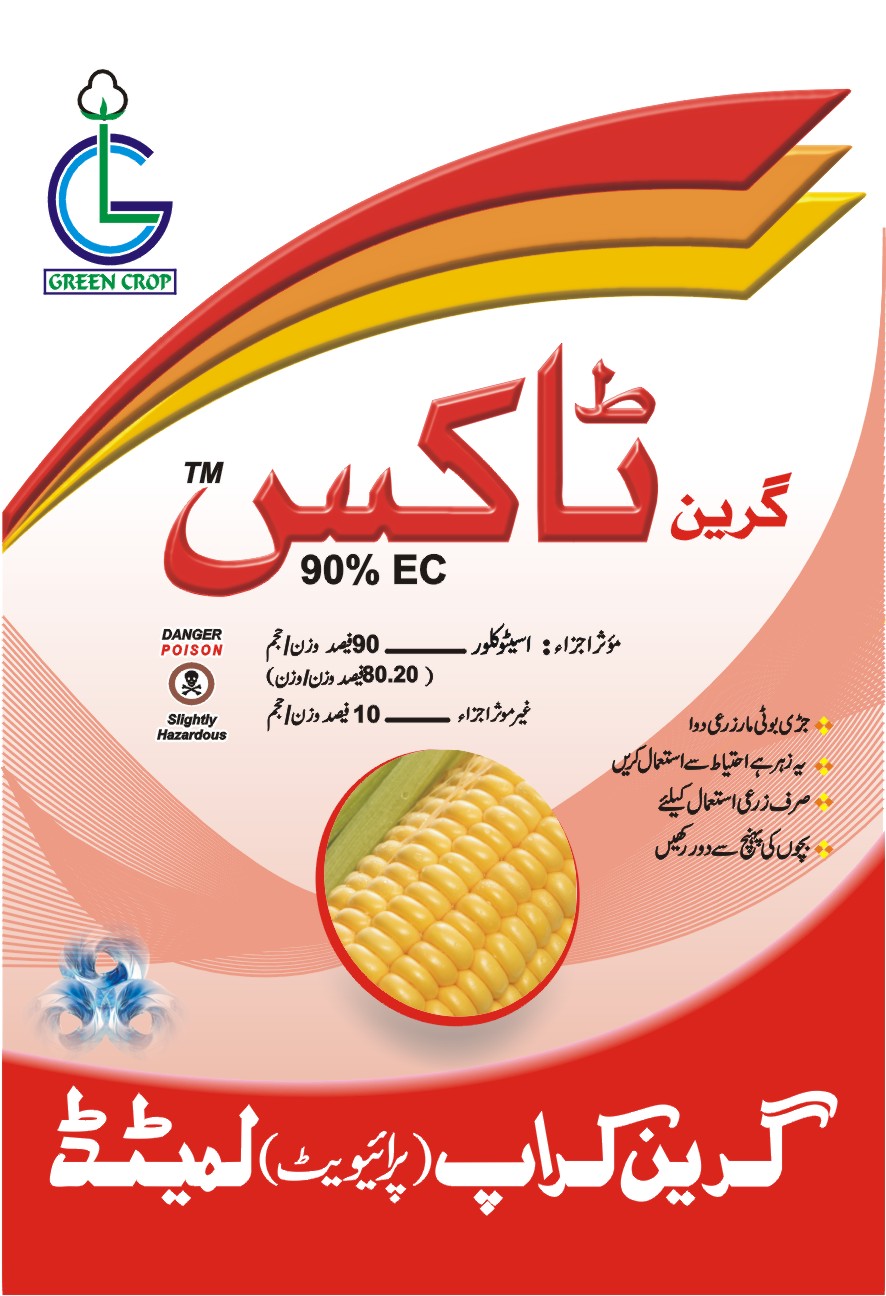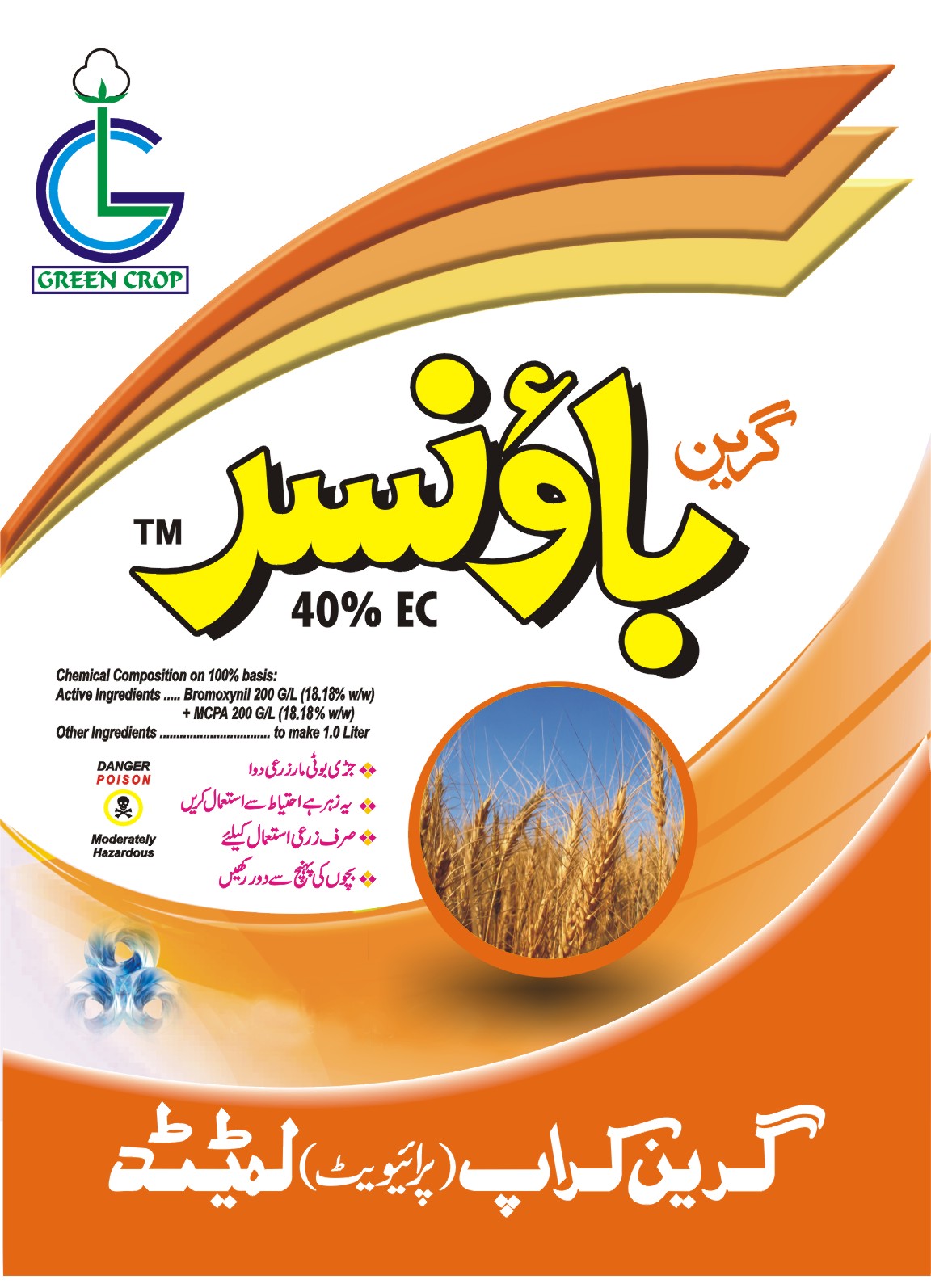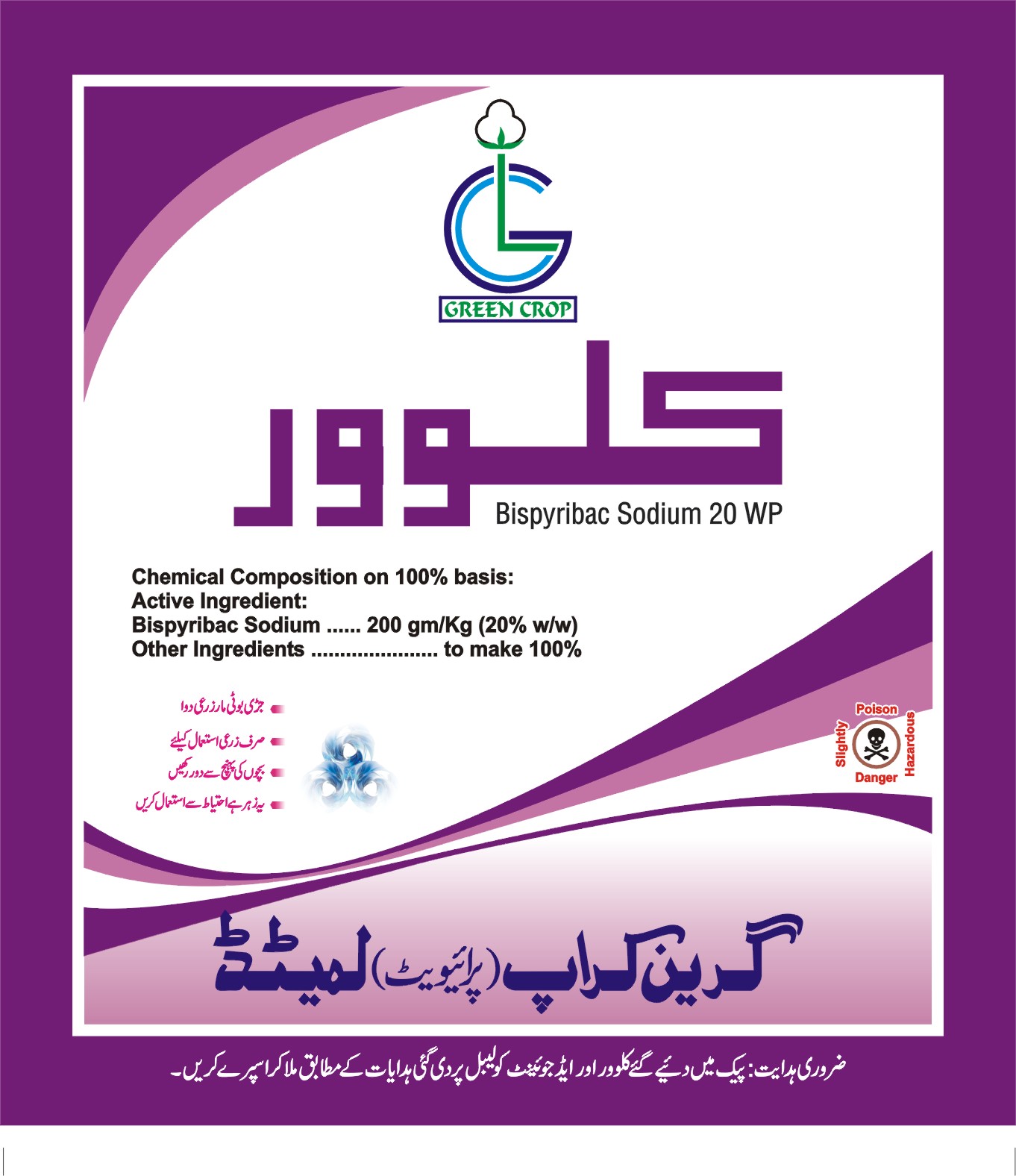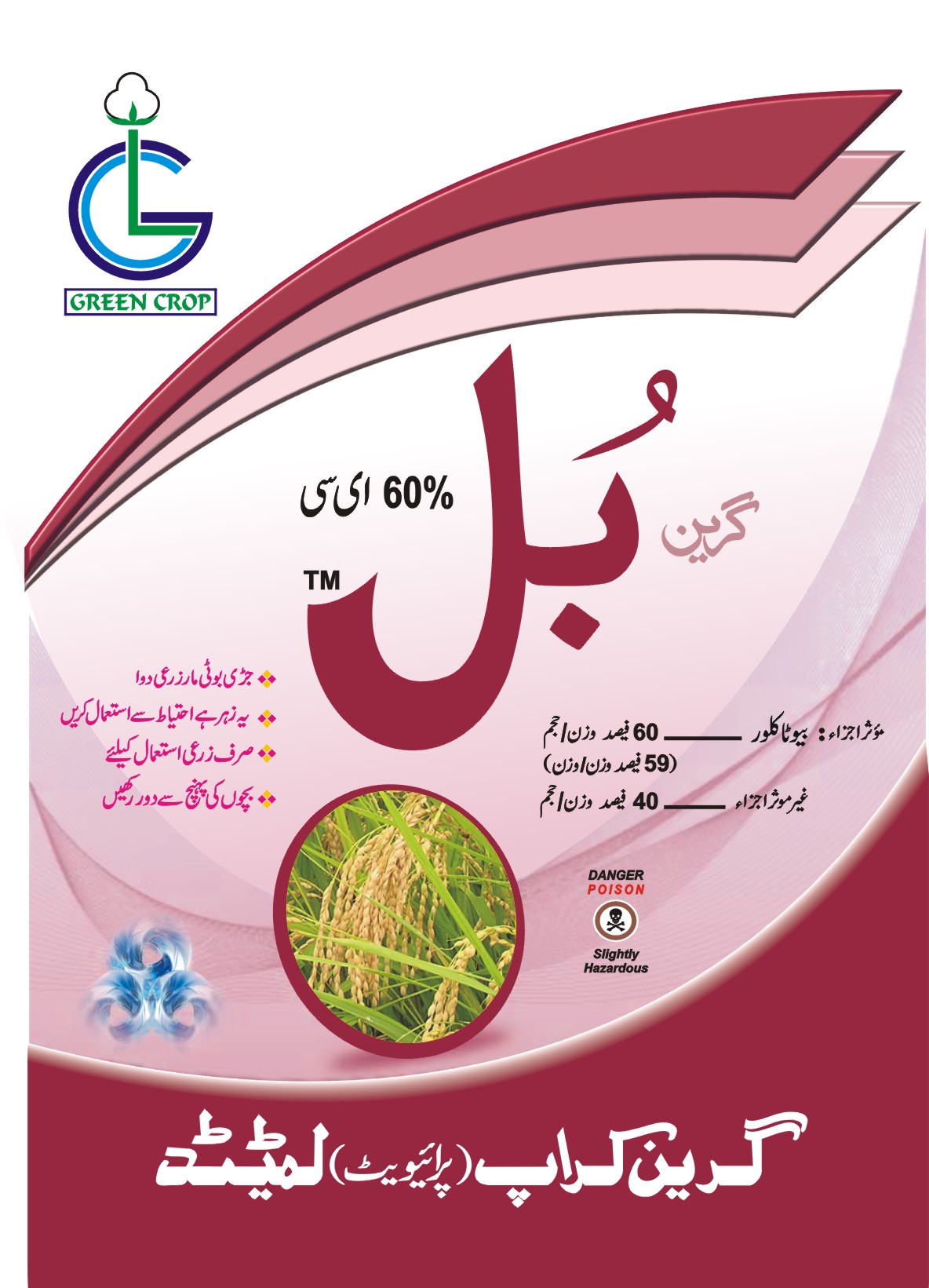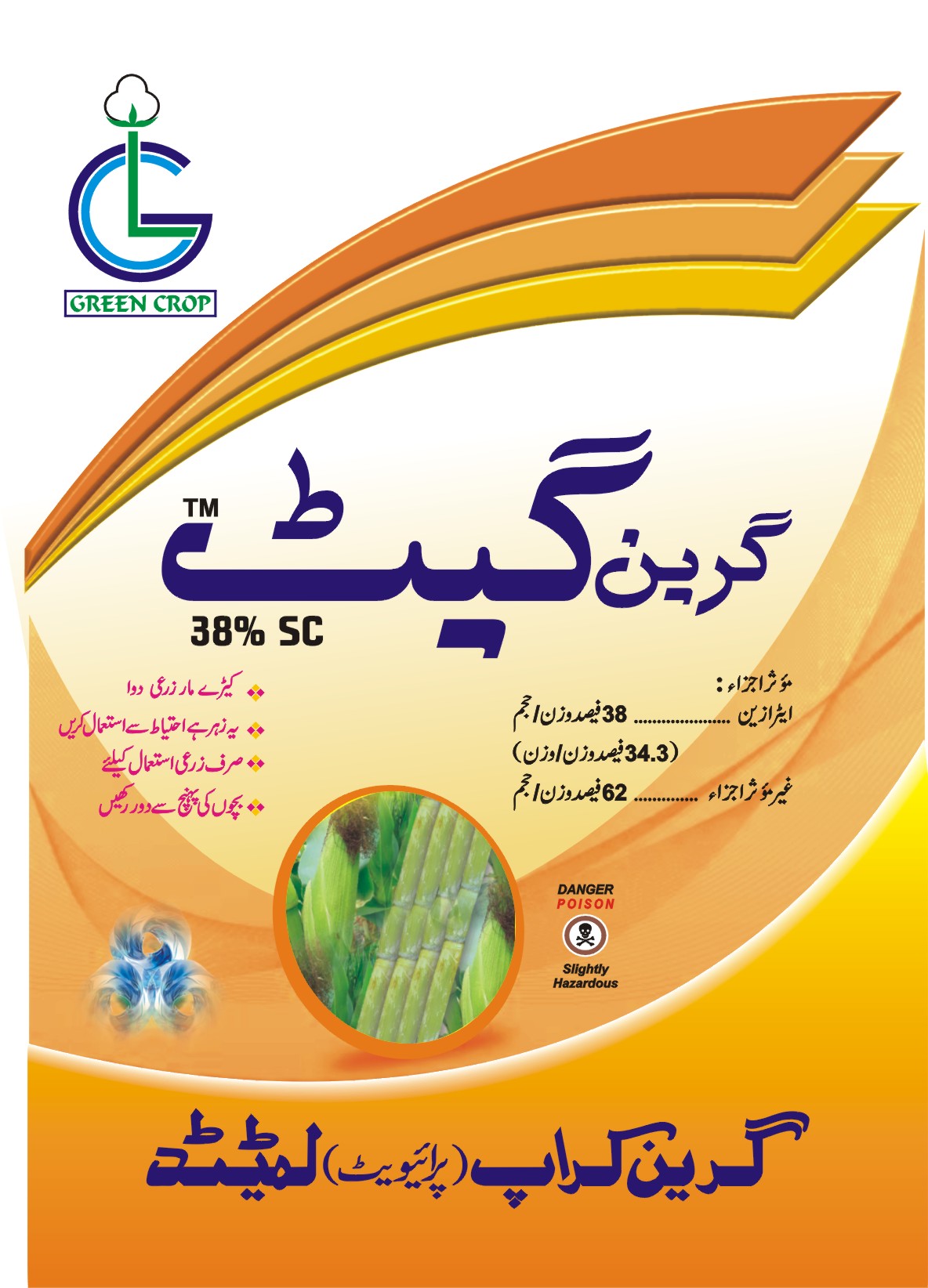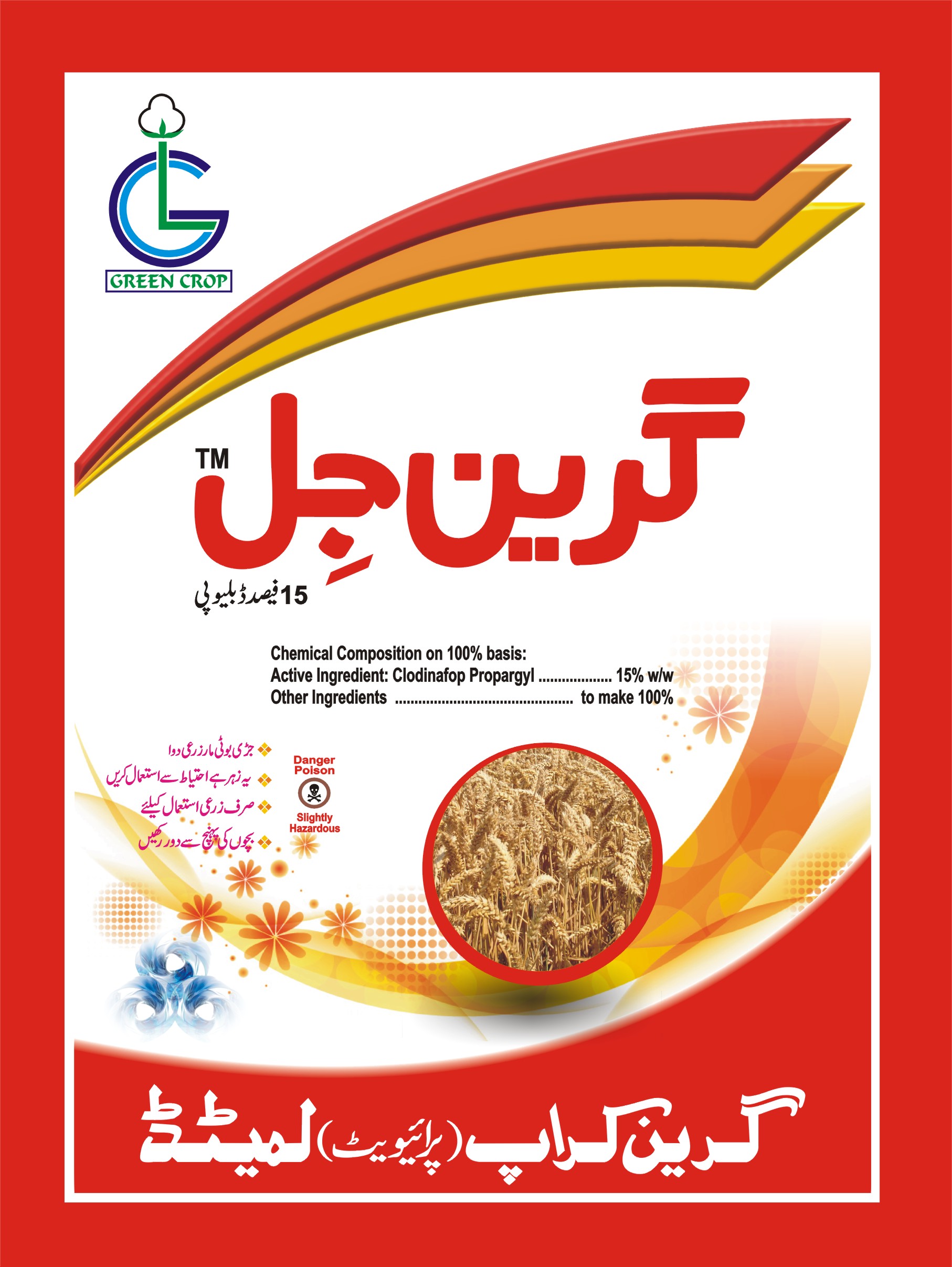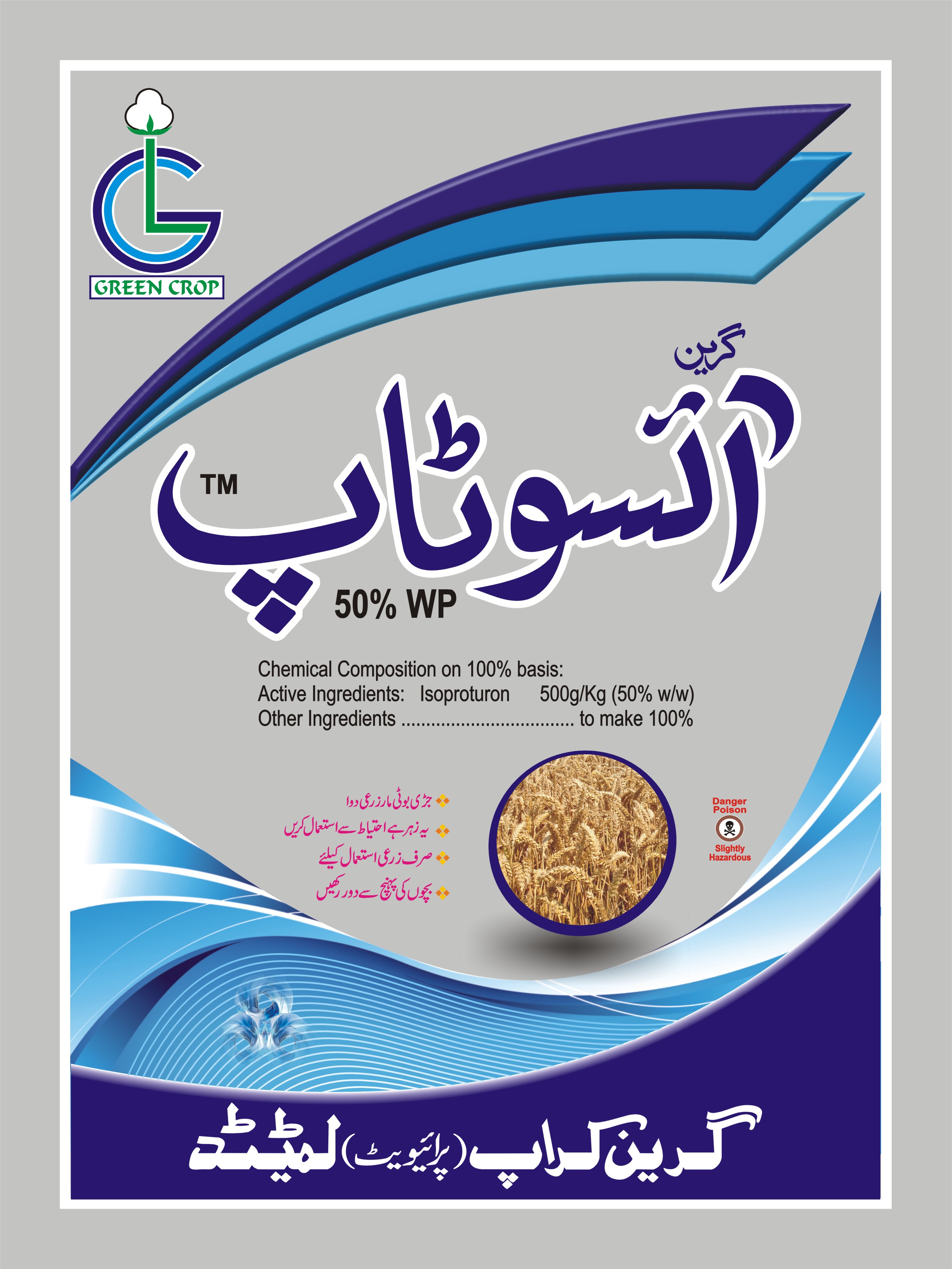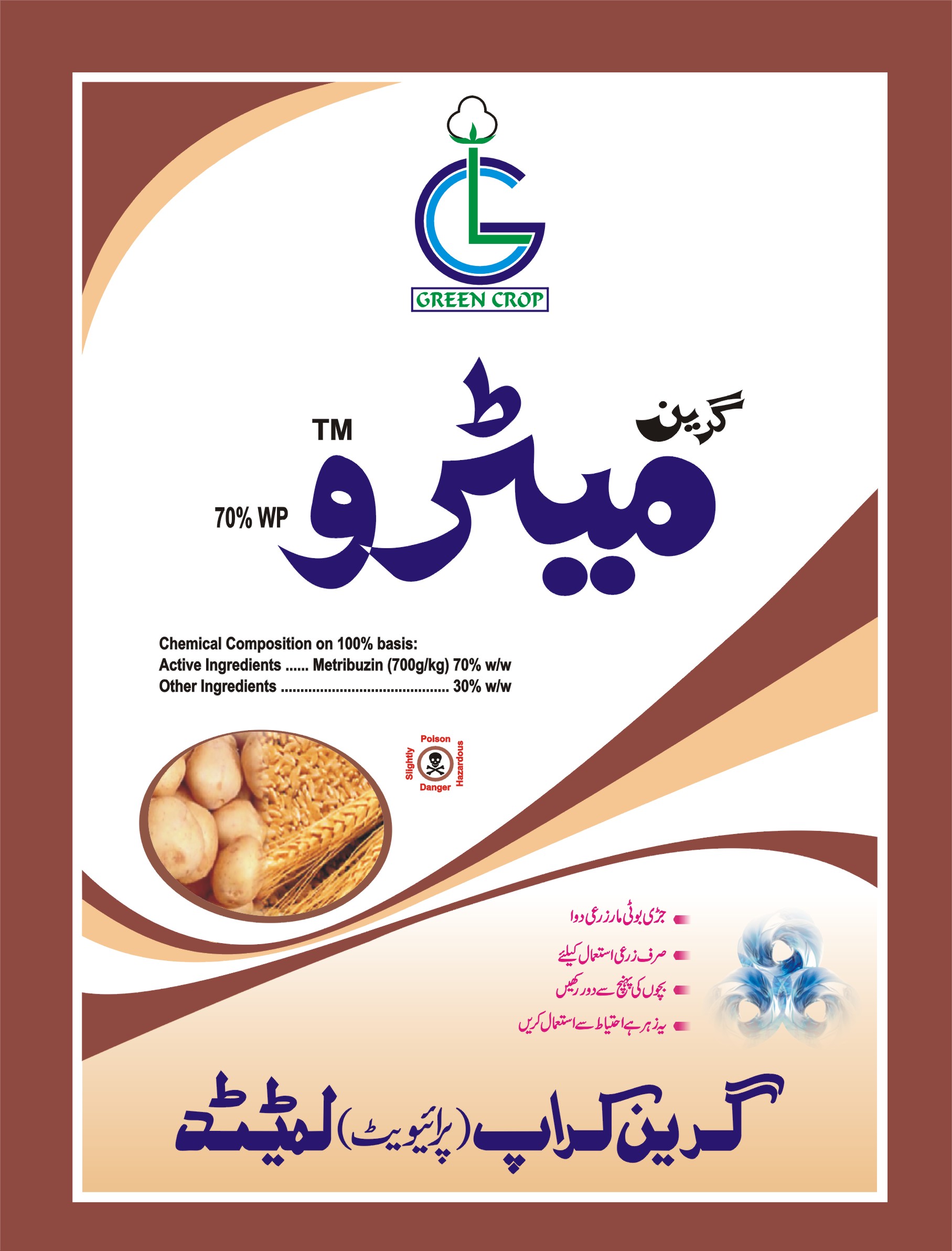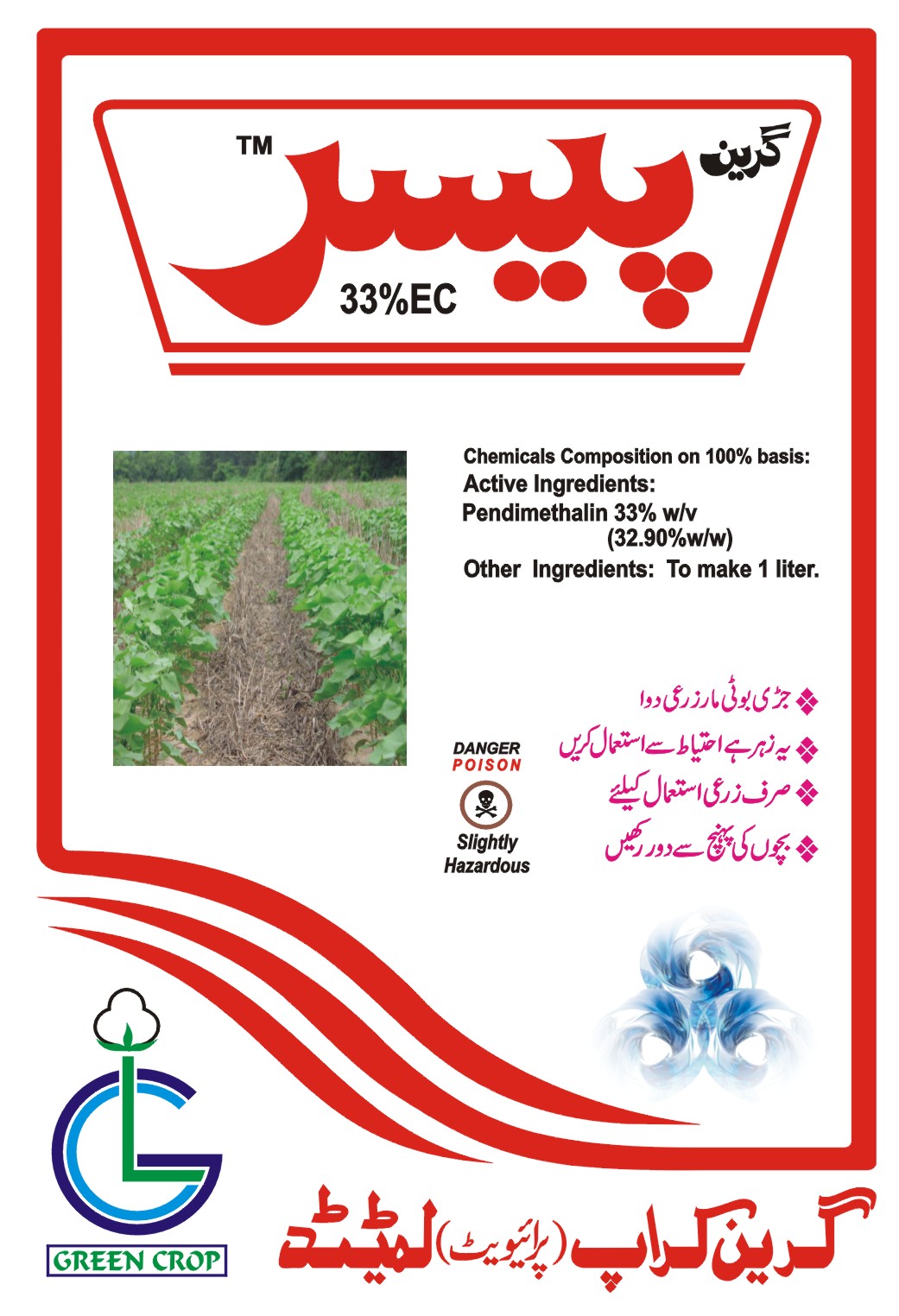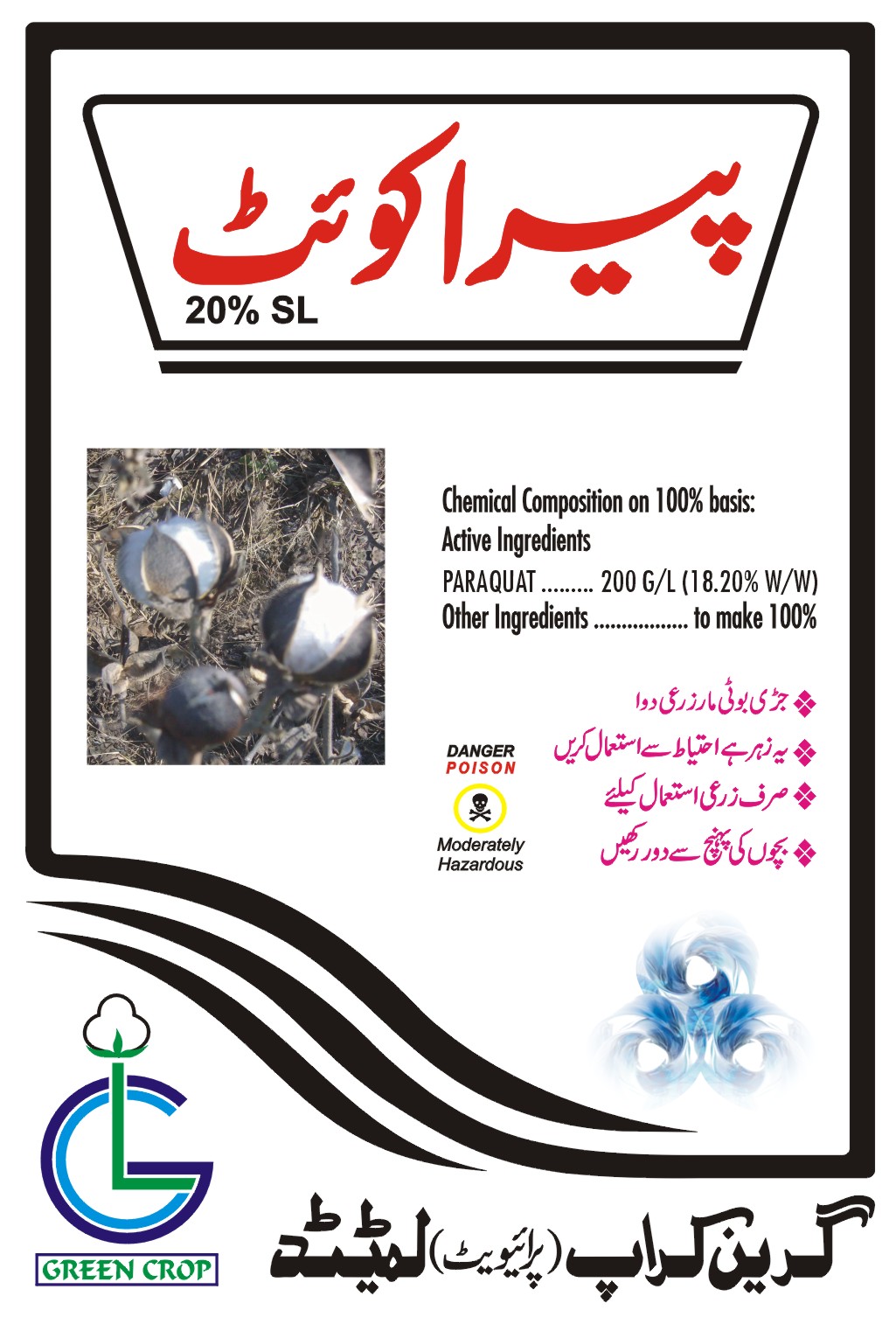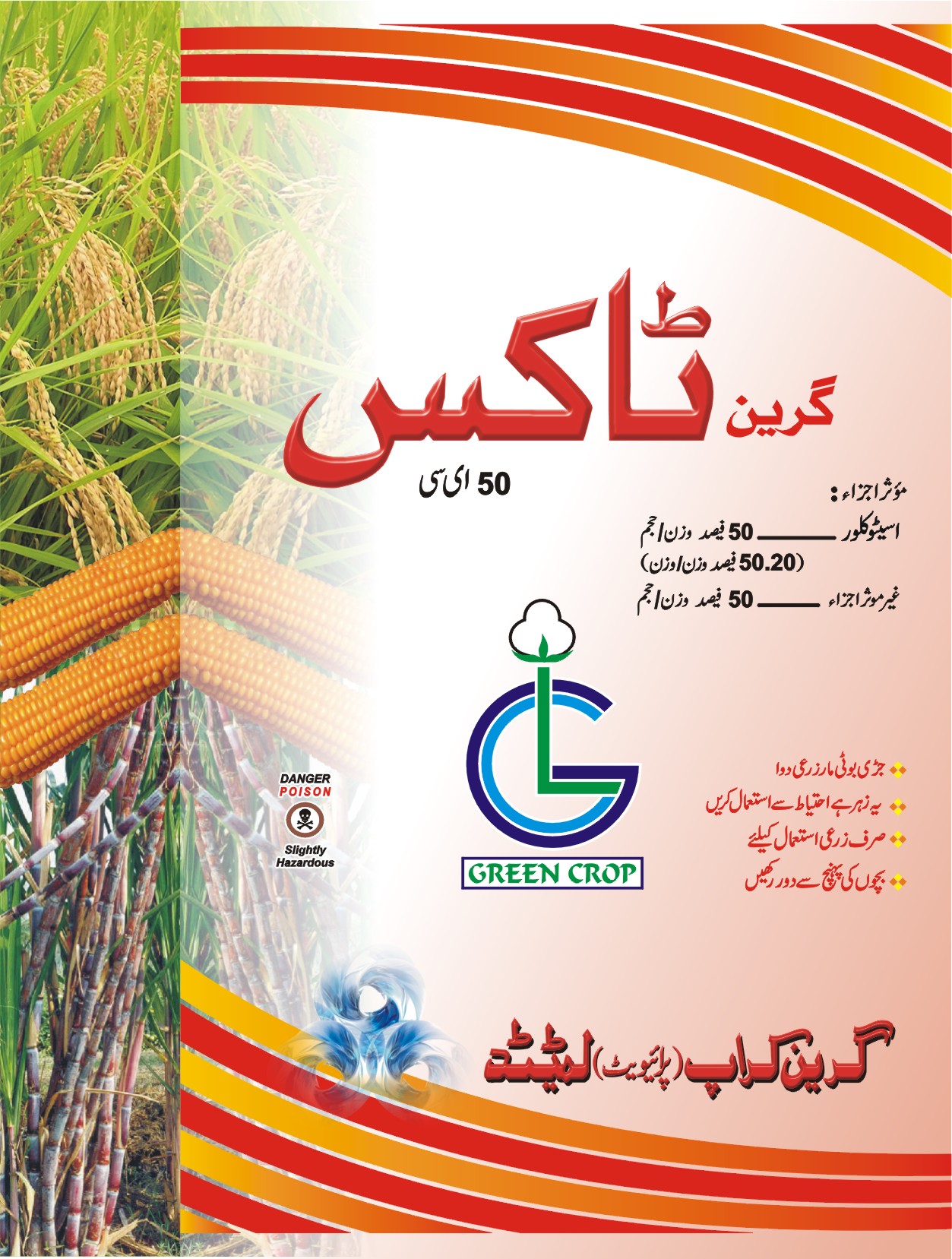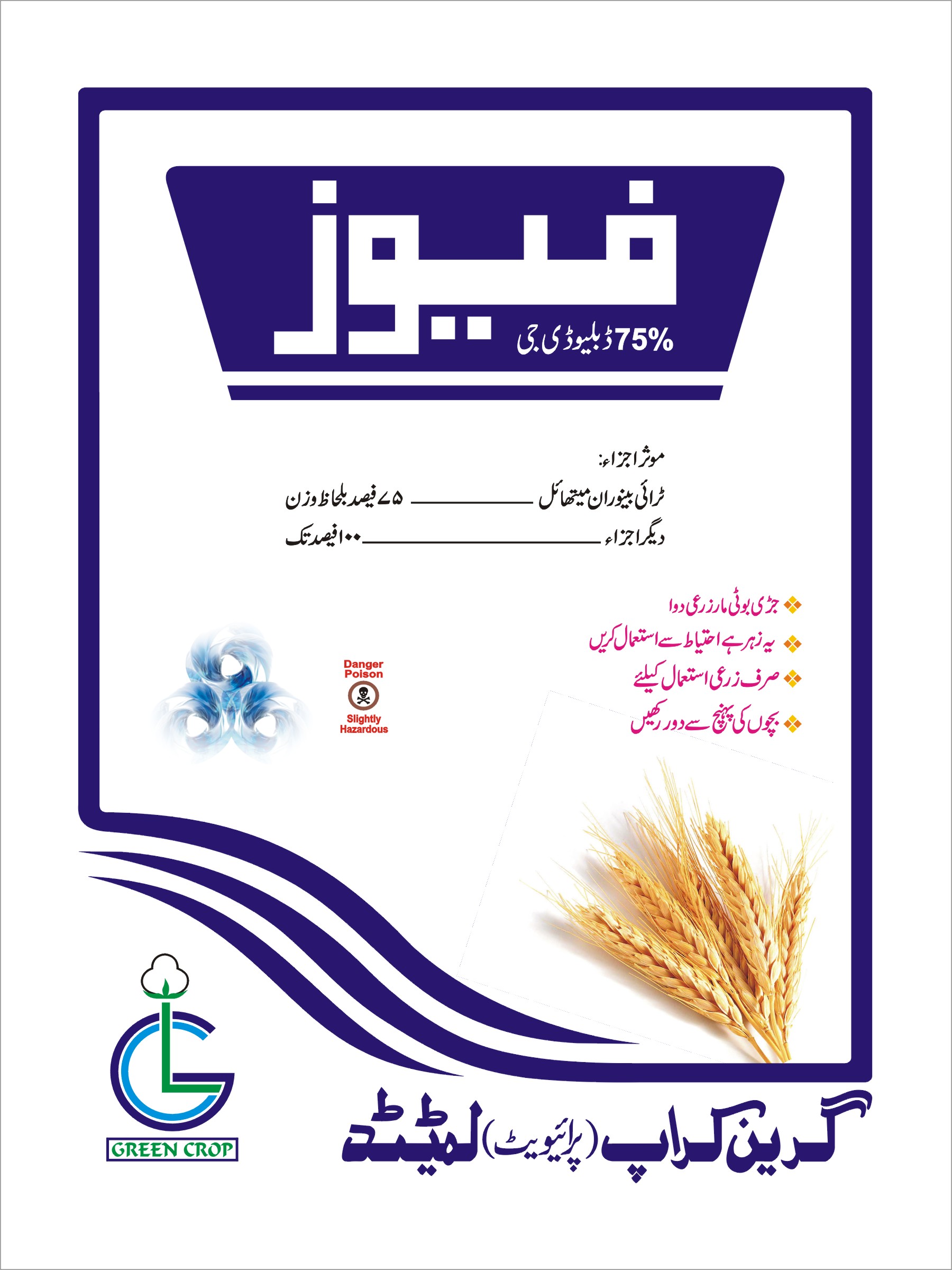COTTON IN FOCUS
Cotton is a tropical perennial plant with an indeterminate fruiting habit, meaning that it continues to produce new foliage even after it begins to create seed. Despite its inherent perennial growth habit, however, cotton is managed as an annual crop plant, and growers try to produce as much lint and seed as possible. The cotton plant also produces fruit on two different types of branches, each unique in growth habit, cotton growth is very sensitive to temperature and soil conditions. Cotton is unique in crop growth must also be regulated and eventually terminated by chemical means. Understanding the growth and development of the cotton plant helps producers grow a high-yielding, high quality crop.
Inside the Seed
A mature cotton seed contains all of the organs necessary to produce a small seedling. The seed is pointed on one end (the micropyle) and rounded on the other (the chalaza). The tip of the primary root, or radicle, faces the micropyle, and the precursors of the stem and cotyledons are plainly visible within the seed.A small, dormant seedling rests inside a mature seed. When the seedling emerges,the radicle will be the primary root, the hypocotyl will be the stem under the cotyledons,and the epicotyl will be the stem above the cotyledons from which shoot growth occurs.The chalaza is the primary site of water and oxygen absorption during germination. The tip of the primary root, or radicle, is the first part of the plant to emerge through the micropyle. The cotyledons that will nourish the new seedling are folded inside the seed The gossypol glands visible throughout the inside of the seed are also visible in the tissues of the growing plant.


